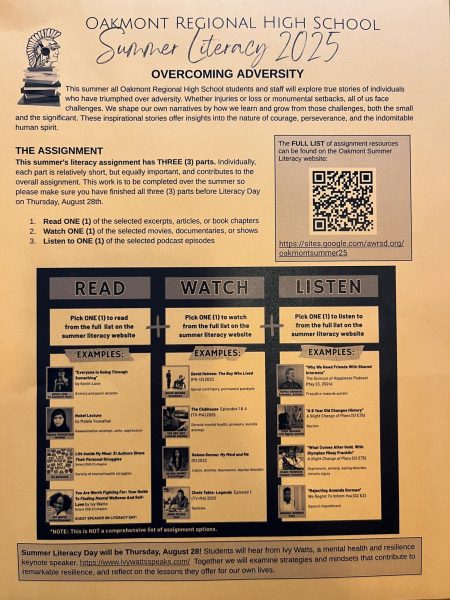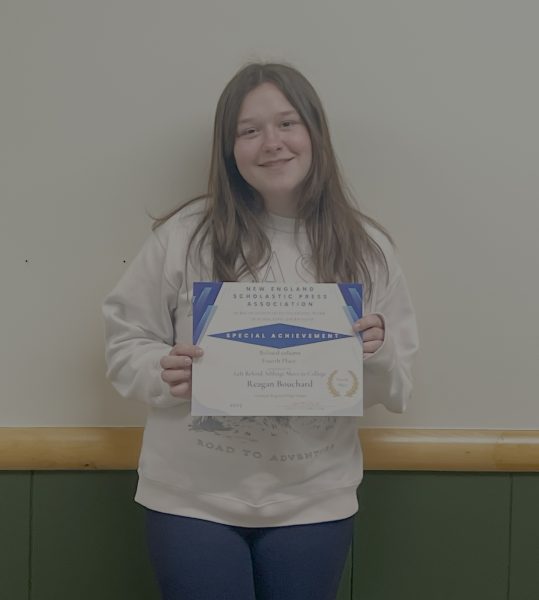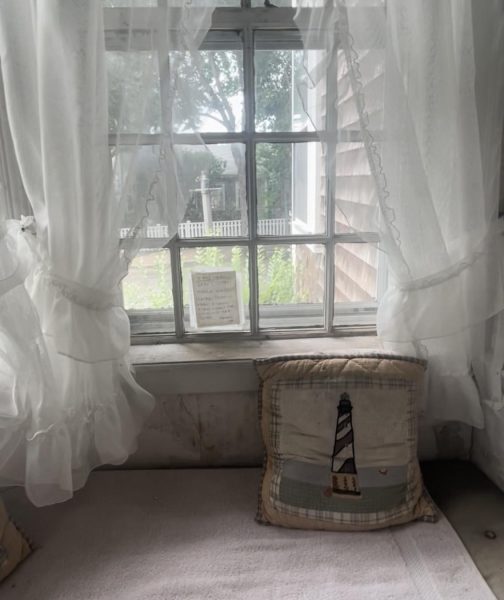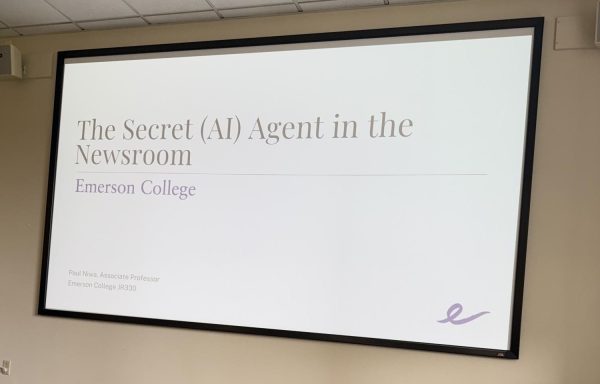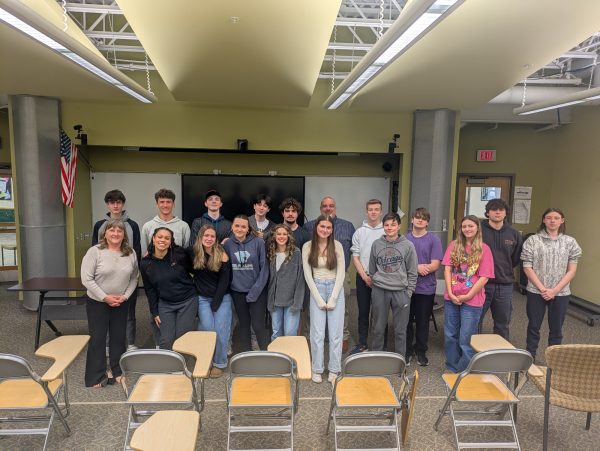How has non-verbal communication been impacted by COVID-19?
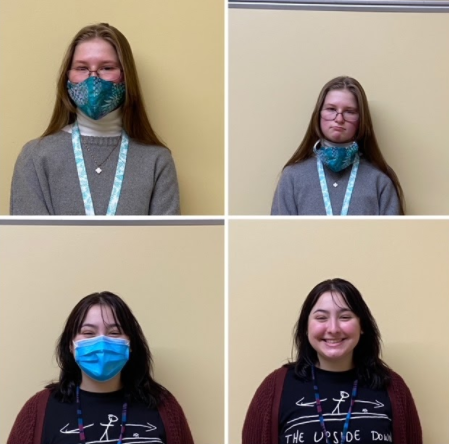
Freshman Dani Lewis and Senior Regina Cerasuolo demonstrate the change of facial expressions with masks on and off.
In American society, a big part of communicating is through nonverbal communication. Throughout history, humans and animals have relied on social queues to better understand their environment and interact with one another. With COVID-19 requiring people to wear masks and practice social distancing, non-verbal communication has changed.
Non verbal communication (pre-COVID) could be anything like a smile or a friendly hand gesture. Facial expressions are an important form of non-verbal communication. Frowning, raised or lowered eyebrows, or having a straight face are all types of these and all mean different things. Typically, when someone smiles at you, it can indicate multiple things. For example, the person giving you the smile could be acting friendly. It can also mean that they find you attractive.
Aside from facial expressions, another example of non-verbal communication is eye contact and gestures. When someone is giving you eye contact it indicates that you have their undivided attention and they are listening to you.
Along with eye contact, there are many different types of gestures: waving, pointing, or beckoning. For example, when someone is waving to you they are saying “Hello”or ¨Goodbye”. It is important to understand verbal and non-verbal communication, but since the Covid-19 outbreak our everyday communication has changed.
With the COVID-19 guidelines, it can be difficult to understand non-verbal communication. Wearing masks and practicing social distance is now required in public places. I asked multiple Oakmont students to give their opinions on non verbal communication and how they feel it has changed since COVID. Freshman Dani Lewis says,”It used to be easy to acknowledge strangers or even fellow students in public by simply smiling, but we don’t have that privilege anymore. Now, I can only manage an awkward nod or an eyebrow-raise, which is kind of creepy.”
Following Dani Lewis’s statement, senior Theresa Brouillet says, ¨Even though we have masks on, you can definitely still read someone’s body language and facial recognition. I feel like you can still read people’s facial expressions through their eyes and eyebrows. Like if they do smile, you should see their eyes scrunch up, or if they are confused or mad their eyebrows will move. Depending on how well you know someone should also help determine how they’re feeling just from past experiences you’ve encountered.”
With the new norm in society, non verbal communication has changed drastically. Smiling, frowning, and anger are covered by masks. Society as a whole now relies on the upper half of their face, eyebrows mostly, to show facial expressions. Body language such as posture and gestures are now done from a distance, which can be confusing or hard to read.
However Covid has not only affected students, but it also affects teachers and staff. English teacher Mrs. Rachel Champa says, “Since we have been back in school in person, I have definitely noticed a change in the non-verbal communication I share with my students. The masks make it even more difficult to “read” a student’s face, with the exception of those individuals whose eyes are very expressive (their eyes seem to smile when they are happy!). It is sad that the only time I see their full faces is during our 5 minute “mask break” (and only two days a week!). I miss seeing my students’ smiles or being able to tell with just a glance that someone is having an “off” day.”
What was once a friendly smile to a stranger is now covered by a mask. Body language like posture and gestures can be hard to read because of social distancing. Because of the advances in technology most people already have a hard time communicating without a form of technology. Because of COVID-19 people are spending more time at home, away from society and closer to electronics. How will this look for future generations?
COVID is not going away anytime soon, and will this have a long lasting impact on verbal communication. As we move towards a society that is transitioning to an online world, will it pull us even further away from basic communication?

Sophie Miller is currently a sophomore attending Oakmont. She enjoys sports, track, and lacrosse. She has dreams of going into the airforce and attending...


